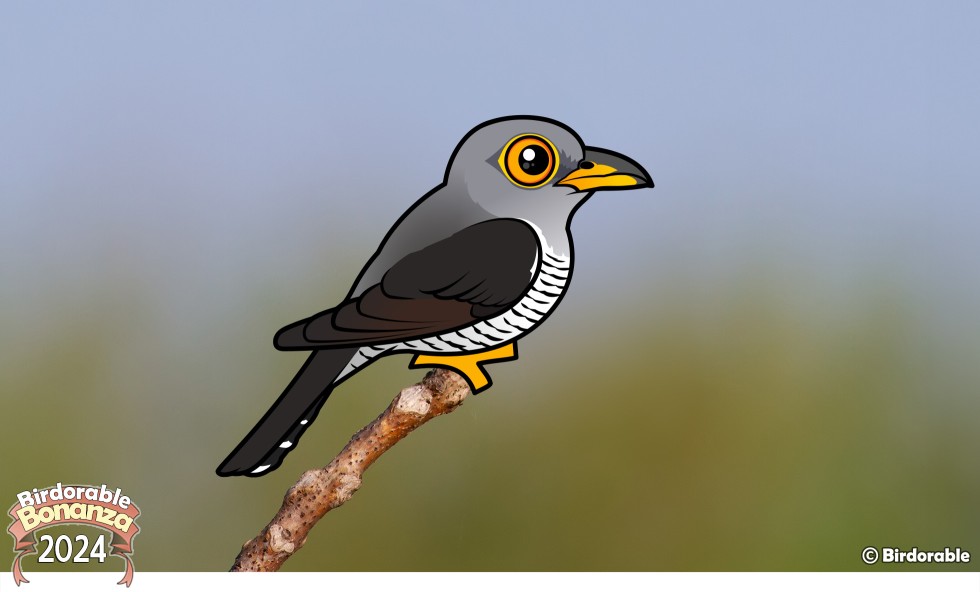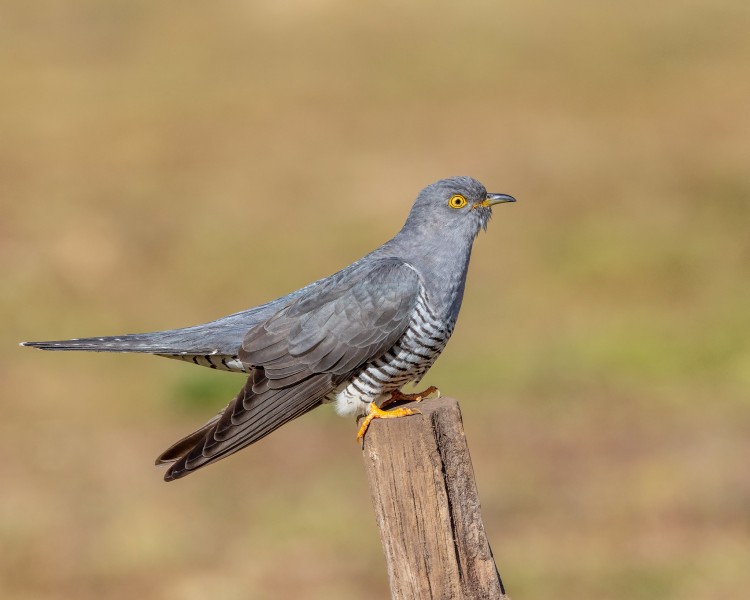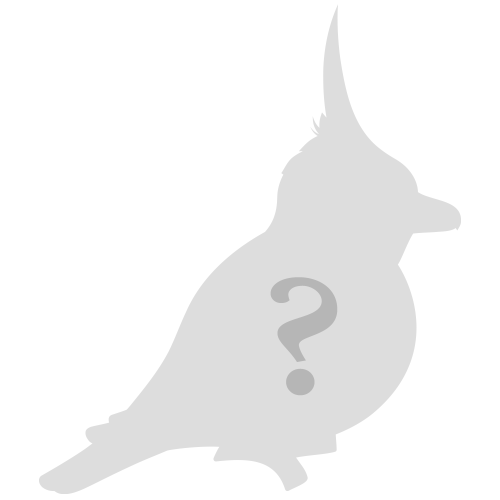2024 Birdorable Bonanza Bird #14
Understanding the Common Cuckoo’s Unique Lifestyle

Happy December! As our Birdorable Bonanza 2024 starts to wind down, we're adding a tricky bird native to a wide range across the Old World: it's the Common Cuckoo!
The Common Cuckoo is a fascinating bird known for its unique breeding behavior and its iconic two-note call, which signals the arrival of spring in many parts of Europe and Asia. This medium-sized bird is widely distributed, breeding across Europe and Asia and migrating to Africa and southern Asia for the winter.
Adult Common Cuckoos have a sleek, pigeon-like appearance with gray plumage, a long tail, and barred underparts. Males and females are similar, although females can also display a rufous (reddish-brown) morph. They are agile flyers and often spotted perched on trees or wires in open habitats like woodlands, heathlands, and farmland.
The Common Cuckoo is renowned for its iconic "cuck-oo" call, which is one of the most recognizable bird sounds in the world. Typically made by males during the breeding season, this two-note melody is a harbinger of spring across many parts of Europe and Asia. The call is often heard echoing through woodlands, meadows, and wetlands, signaling the bird’s presence long before it's seen. Interestingly, the female has a distinct bubbling chuckle call, often used during courtship or around host nests. The male’s "cuck-oo" has inspired folklore, poetry, and music for centuries, making the Common Cuckoo a cultural as well as a natural icon.

Common Cuckoo by Andy Morffew [CC BY 2.0]
The most remarkable feature of the Common Cuckoo is its brood parasitism. Instead of raising its own chicks, a female Common Cuckoo lays her eggs in the nests of other bird species. She often targets small songbirds, such as reed warblers, meadow pipits, or dunnocks, tricking them into incubating her eggs and raising her chicks.
To successfully parasitize a nest, the female cuckoo waits for the host bird to leave and quickly replaces one of its eggs with her own. Cuckoo eggs are cleverly adapted to resemble the host species’ eggs! Female cuckoos 'specialize' in different types of hosts, matching their eggs in color and pattern, to minimize the chance of detection. Once the cuckoo chick hatches, it may instinctively push the host’s eggs or chicks out of the nest, ensuring it receives all the food and care from the unsuspecting foster parents. This behavior, while fascinating, often comes at the cost of the host bird’s reproductive success. Studies have shown that Common Cuckoos have parasitized nearly 300 different host species!
Common Cuckoos are migratory birds, traveling long distances between their breeding and wintering grounds. After the breeding season, they undertake solo migrations to sub-Saharan Africa or southern Asia. Remarkably, juvenile cuckoos navigate these journeys alone, guided by innate instincts rather than parental guidance.
The Common Cuckoo’s distinctive behavior and evocative call make it one of the most intriguing and iconic birds in the avian world, captivating birdwatchers and nature enthusiasts alike.
Common Cuckoo T-Shirts & Gifts from Birdorable
😞 Our Birdorable Bonanza will wrap up tomorrow! Our last new bird is a tiny desert dweller with a big personality! Known for its striking crest and sandy camouflage, this bird thrives in Australia’s arid landscapes. Can you guess what it is? 🤔 Drop your guesses below!














Comments
Leave a comment
Thank you!